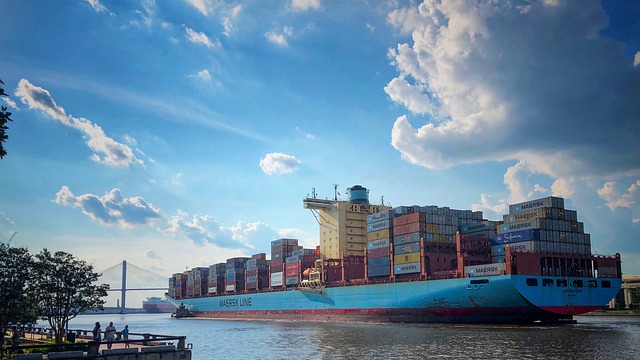Shipping a Crusher from Guangzhou/Shenzhen to Sydney, Australia: FCL and LCL Options
Shipping Method: FCL vs. LCL
1. Full Container Load (FCL) For larger shipments, FCL is the most efficient choice. If you are shipping a 20-foot or 40-foot container full of crusher machines, this method ensures that your goods are transported in a dedicated container, minimizing the risk of damage and offering more control over the shipping process.
- Lead Time: The shipping route from Guangzhou or Shenzhen to Sydney typically takes around 11 days by sea.
- Cost: FCL shipping is more cost-effective for larger volumes of goods, as the container is used exclusively for your cargo.
- Transit Details: With FCL, the cargo is delivered CIF (Cost, Insurance, and Freight) to Sydney Port, meaning that the shipping cost, insurance, and freight charges are included in the price.
2. Less than Container Load (LCL) If you only have a small amount of cargo to ship, LCL is a great alternative. This option allows you to share a container with other shipments, making it a more cost-efficient choice for smaller consignments.
- Lead Time: Like FCL, the LCL option also typically takes about 11 days for sea transit from China to Australia.
- Cost: LCL is generally more affordable for smaller shipments, but you will share the container space with other consignments, which might result in additional handling fees.
- Transit Details: The delivery is made to Sydney Port under CIF terms, including freight, insurance, and other charges.

Packaging of Crusher Machines for Safe Shipping
Proper packaging is crucial to ensure the safety of your cargo during transit, especially for heavy and bulky items like crusher machines. Here’s how to effectively package this type of machinery:
1. Crating and Wooden Boxes
For crusher machines, wooden crates or boxes are the most common packaging method. The machinery should be securely fastened inside the crate to prevent movement during transportation, which can cause damage.
- Crate Design: The crate should be custom-built to the size of the crusher machine. Ensure that the box is strong enough to hold the weight and resist the impact of rough handling.
- Reinforcements: Additional reinforcements may be necessary to protect delicate parts such as electrical components, hydraulic systems, or screens.
2. Protective Wrapping
To avoid scratches, dents, or other forms of damage, wrap the machine in protective materials like bubble wrap, foam padding, or shrink wrap. This provides an extra layer of protection from dust, moisture, and physical impact.
3. Securing the Cargo
Inside the container, the crate should be secured with steel straps or cargo lashings to prevent shifting during the voyage. Cargo blocks or dunnage can be used to stabilize the machine further and prevent damage caused by movement within the container.
4. Labeling and Documentation
Ensure that the packaging is properly labeled with clear handling instructions (e.g., “Handle with Care”) and any necessary customs documents attached securely to the packaging. The machinery should be accompanied by a detailed packing list and commercial invoice for customs clearance upon arrival at Sydney Port.



